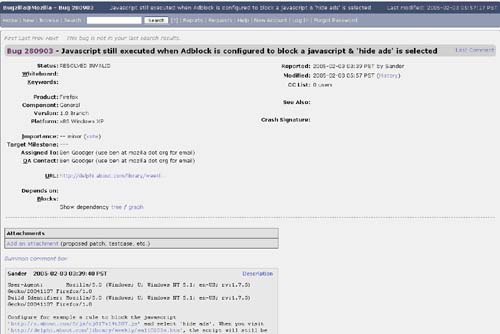Software Testing Articles: Load Testing, Unit Testing, Functional Testing, Performance Testing, Agile Testing, DevOps
In this article, Andrew Hunter shares his opinion that unit tests and test driven development (TDD) now dominate the types of test that are used in software development. This situation has limited the attention available for other software testing types, such as the integration tests. Thus he asks the question: “Are unit tests overused?“
In this article, Cem Kaner explores the technical concept of software testing coverage and the legal concept of software negligence. The article discusses the idea of complete coverage and the trade-off that software developers have to make when testing software. The main idea is that complete coverage is a misleading concept. “This “completeness” is measured only relative to a specific population of possible test cases”. You might achieve line coverage, but to achieve path coverage, you must test every path through the program and this is an impossible task. The goal of the software tester is to prioritize among tests in a careful way. This means to select the test strategy that could be rationally considered as the most likely to find the most bugs or the most serious bugs. This article has an appendix that lists 101 coverage measures.
This article from David Sale provides a short introduction to Behavior-Driven Development in Python. The article presents the principles of Behavior Driven Development and present the syntax of the Gherkin language that can be used with the freshen Python package, a clone of the famous Cucumber BDD framework written for Ruby. Freshen is an open source acceptance testing framework for Python that uses (mostly) the same syntax as Cucumber. A small step by step example is provided on how to use freshen and alternative tools are proposed.
If you are a good software tester, but if you can’t communicate well what you find, you provide little value and are not very useful to your project team. This article gives you some hints specific to mobile applications testing on how to become a great bug reporter. Your teammates will love you for this and you will prove your value as a skilled team member.
In this article, Cem Kaner discusses the usage of oracles when teaching software testing. In software testing, an oracle is the expected result of the test. It is an heuristic that should help you decide if the program passed your test. He ask the question: “If you don’t have authoritative oracles (“authoritative” = an oracle that is always correct), then how can you test? How can you specify a test in a way that a junior tester or a computer can run the test and correctly tell you whether the program passed it?”
This article by Lasse Koskela, provides several tips on how to improve the speed of your Java unit tests. The strategy to improve the speed up test code is to find slow things and either make them run faster or not run them at all.
In this article, Brett Schuchert discusses how modern mocking tools affects positively our ability to work with legacy code and the possible negative implications of using mocking tools. These tools allow us to perform unit testing without actually changing the underlying code. He starts with a discussion about the challenges of unit testing and how mocking tools help to solve them; at least on the surface.



